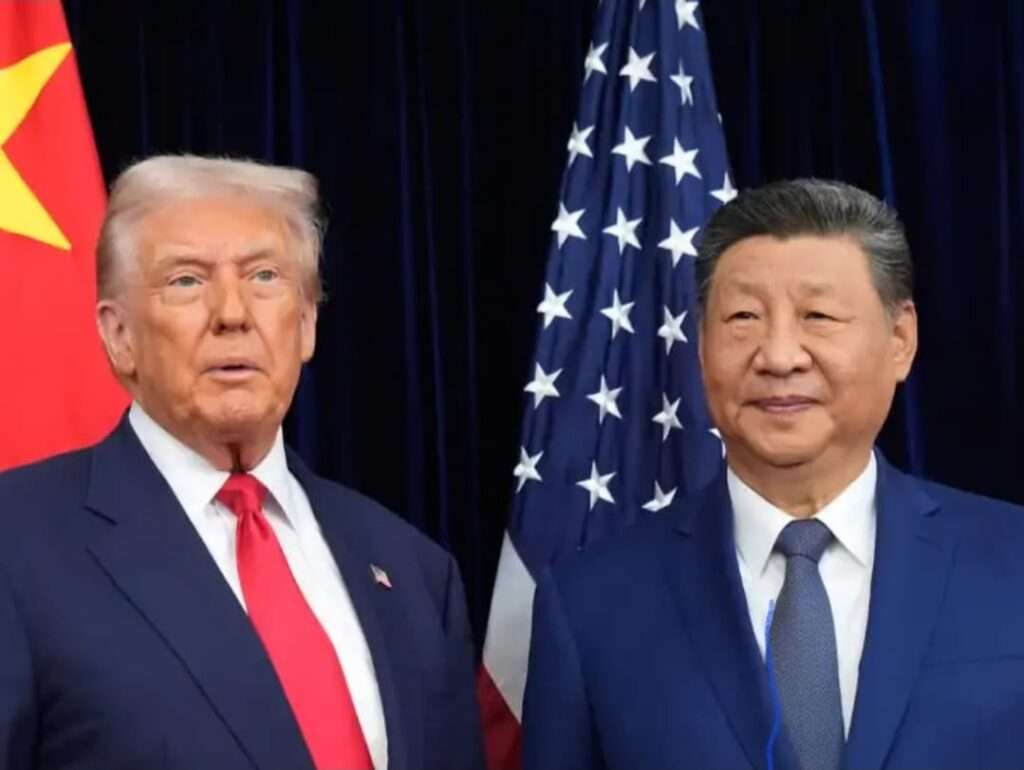In a surprise turn of global trade diplomacy, U.S. President Donald Trump announced a reduction in tariffs on Chinese imports from 57% to 47% after a high-stakes meeting with President Xi Jinping in Busan, South Korea. The move marks the first tangible de-escalation in Washington-Beijing trade tensions since 2023, signaling a cautious thaw between the world’s two largest economies.
The leaders agreed on several fronts: China will pause its rare-earth export restrictions for a year, resume large-scale soybean purchases from the U.S., and intensify controls on fentanyl-precursor chemicals. In exchange, Trump lowered duties on Chinese goods and cut fentanyl-related tariffs from 20% to 10%. He also confirmed plans for a state visit to Beijing in April 2026; an overture to sustain dialogue beyond election optics.
Markets initially welcomed the news, but analysts warned that the cut represents tactical relief rather than a strategic settlement. Technology export controls, semiconductor restrictions, and the Taiwan issue remain major sticking points. The rare-earth reprieve, however, offers temporary breathing space for global manufacturers dependent on China’s supply. For India and other Indo-Pacific economies, the Busan détente could reshape trade flows, commodity pricing, and geopolitical alignments. As the U.S. and China edge from confrontation toward calibrated engagement, the world watches whether this fragile reset can survive the undercurrents of strategic rivalry.

